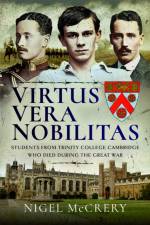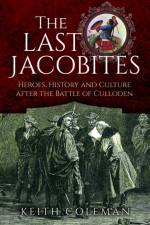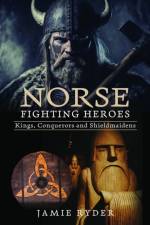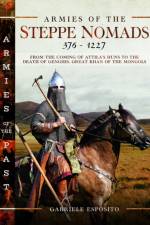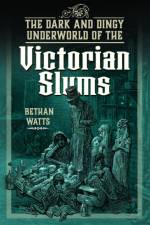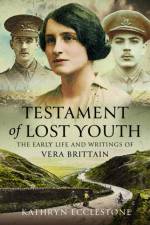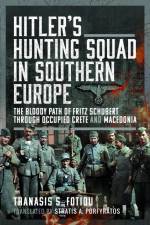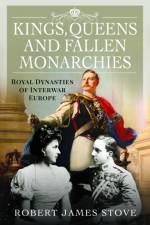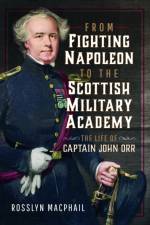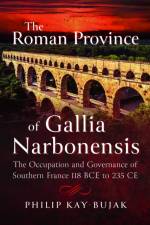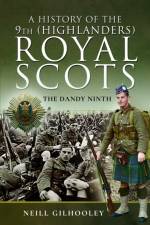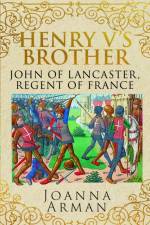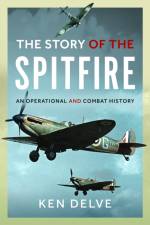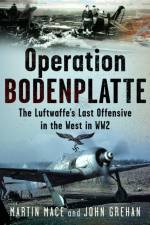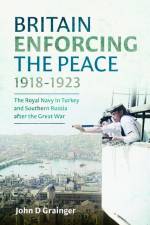av Martin Mace
321
Hitler's Ardennes Offensive, his last great throw of the dice, was stagnating. After the initial German successes, the Allies had rallied. In a desperate bid to recover the momentum, the Luftwaffe aimed to gain control of the air by launching a major attack upon Allied airfields in the Low Countries - Operation Bodenplatte. On 1 January 1945, more than 800 fighters and fighter-bombers, predominantly Focke-Wulf Fw 190s and Messerschmitt Bf 109s, were despatched in this low-level, dawn raid on Allied airfields in Belgium and the Netherlands. The object was to destroy or cripple as many Allied aircraft, hangars and airstrips as possible. Generalleutnant Adolf Galland, the man in charge of Germany's fighter force and responsible for the original plans for Operation Bodenplatte, saw that the Allies had accumulated such a strong force of aircraft that there must be heavy congestion on the airfields used by the Allies. As the Luftwaffe rarely risked daylight raids, he hoped to take the Allies by surprise and catch their aircraft on the ground in a single massive strike. Galland's plan worked. Surprise was complete, and many Allied aircraft were destroyed before they could be scrambled. Allied pilots and aircrew ran or dived for cover as the German fighters swept over the airfields of Duerne at Antwerp, Evere in Brussels, Eindhoven, Ghent and another twelve bases of the RAF's 2nd Tactical Air Force, and the American Eighth and Ninth Air Forces. But not all the attacks were as successful as Galland had hoped. At some airfields the Allied squadrons were absent, already engaged in operations and at others powerful anti-aircraft batteries took a heavy toll of the attackers. As Galland, explained: 'In Unfamiliar conditions and with insufficient training and combat experience, our numerical strength had no effect. It was decimated while in transfer, on the ground, in large air battles ... and was finally destroyed.'Figures vary enormously, though it has been recorded that 224 Allied aircraft were destroyed (of which 144 were RAF) with a further eighty-four damaged beyond unit repair. For its part, the Luftwaffe lost sixty-two aircraft to Allied fighters and 172 to anti-aircraft guns - losses that it never really replaced, particularly in terms of aircrew. In Galland's words, the Luftwaffe 'received its death blow at the Ardennes offensive'. Told through a detailed narrative and a unique collection of dramatic photographs, the story of the last major air battle of the Second World War, is portrayed in vivid detail allowing the reader to see the destruction and devastation of the German attacks - and the crippling losses the Luftwaffe sustained.



